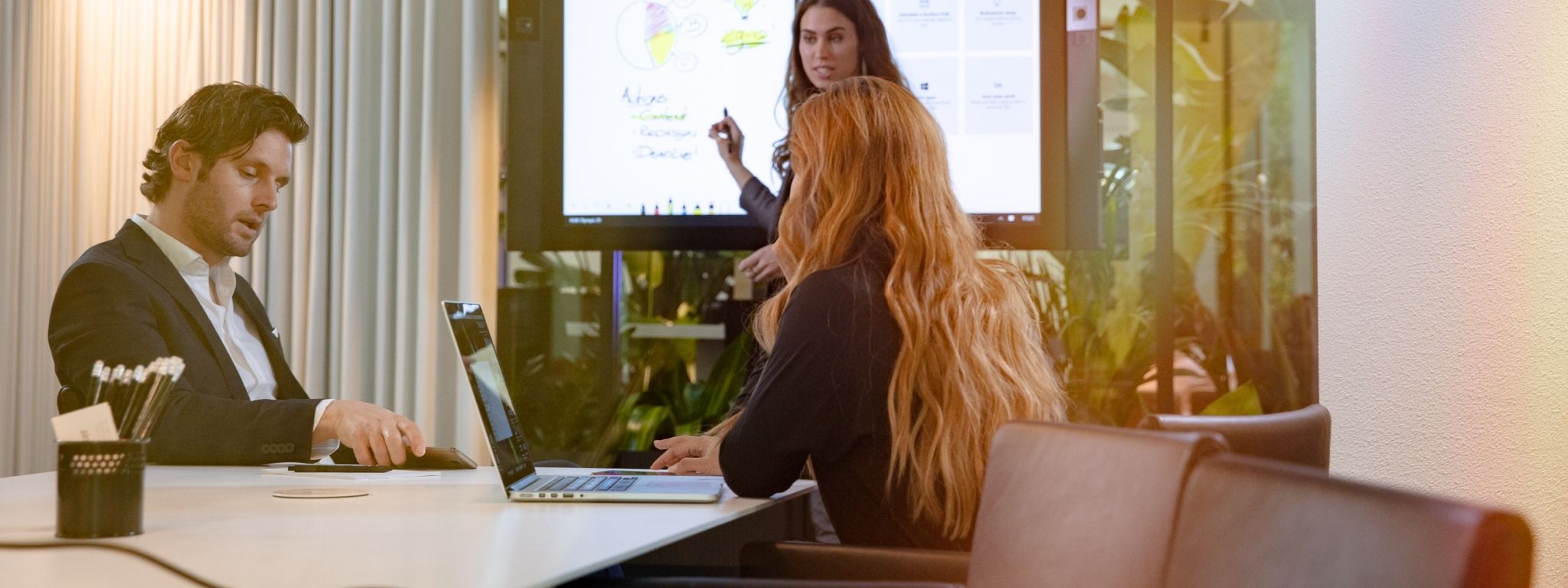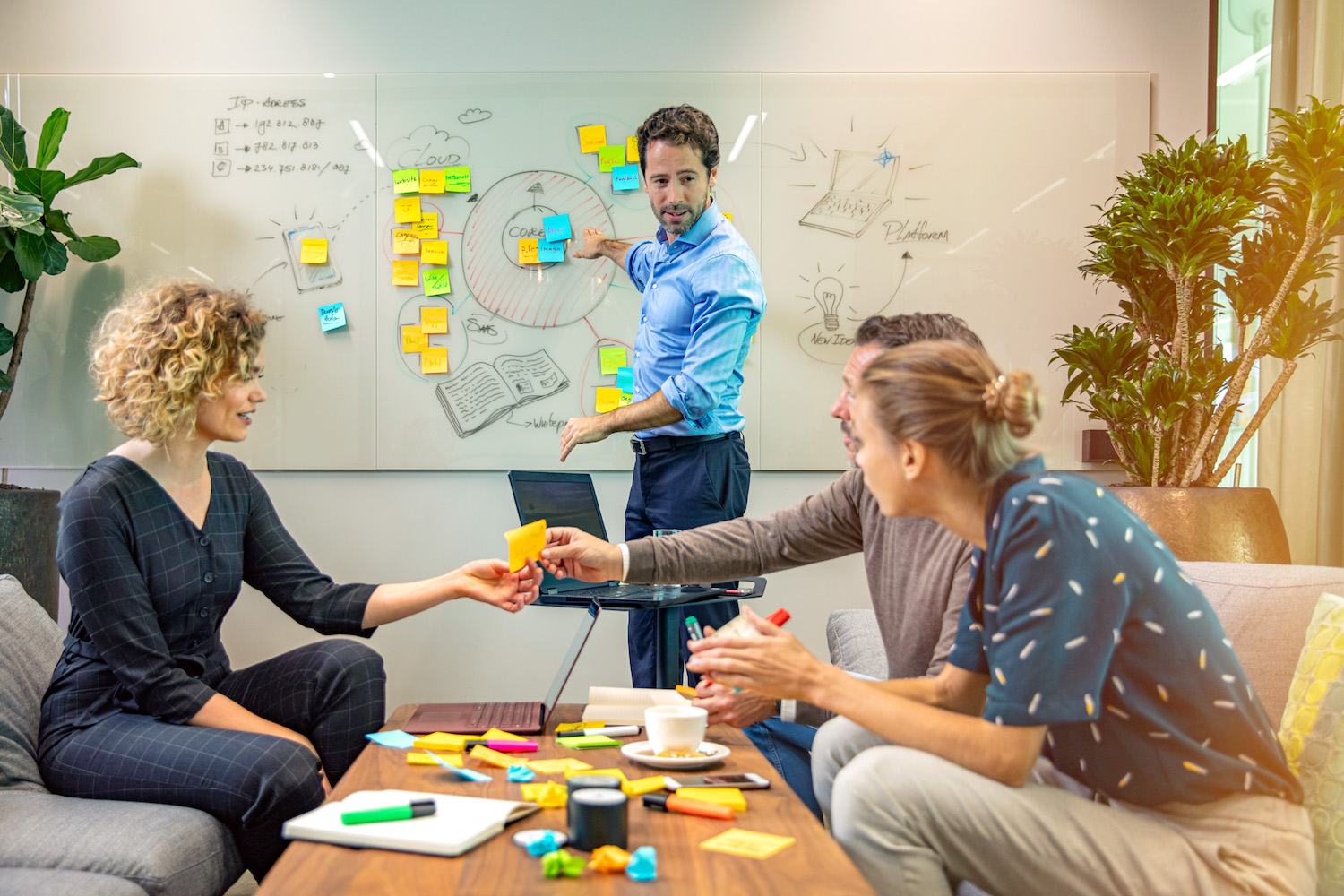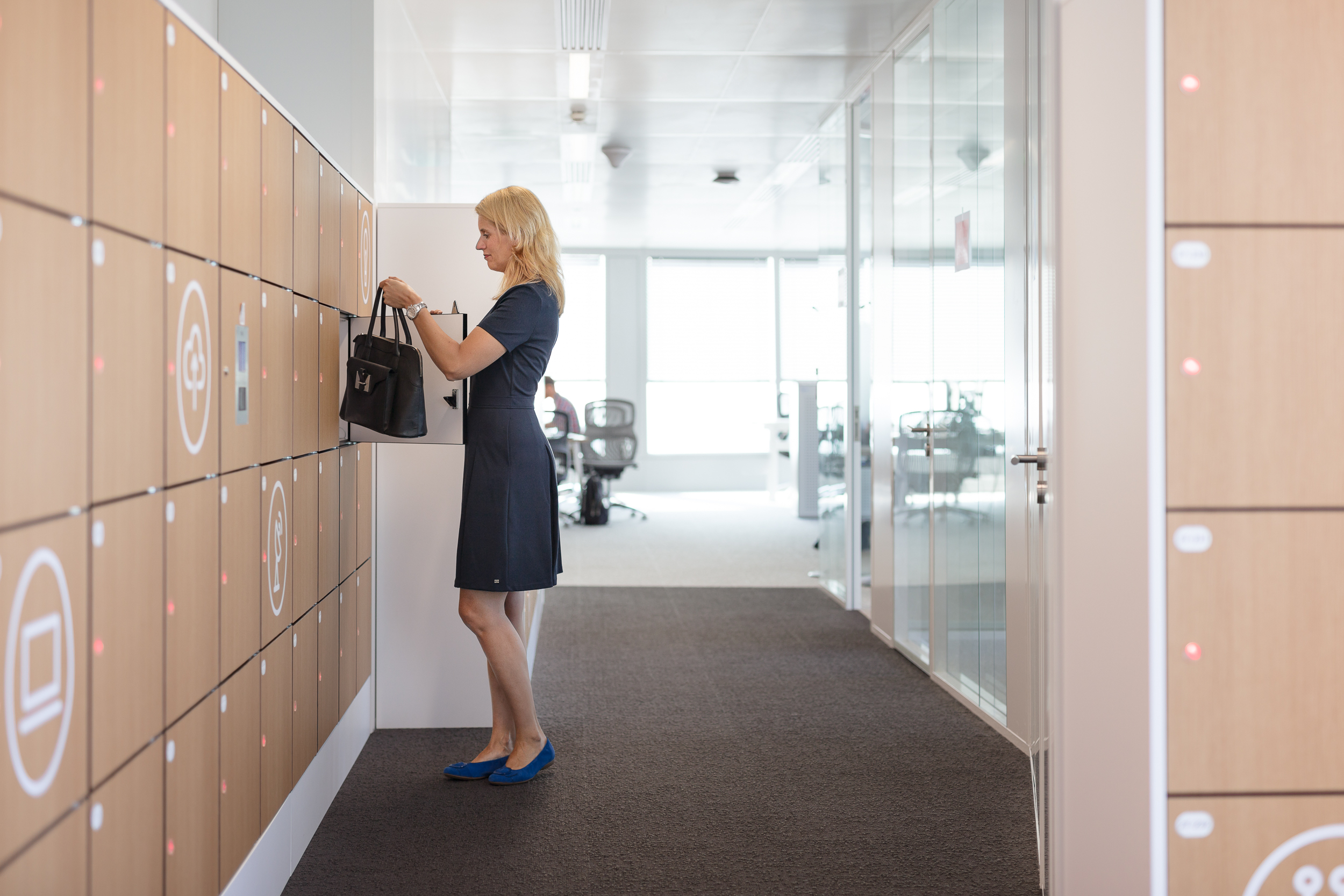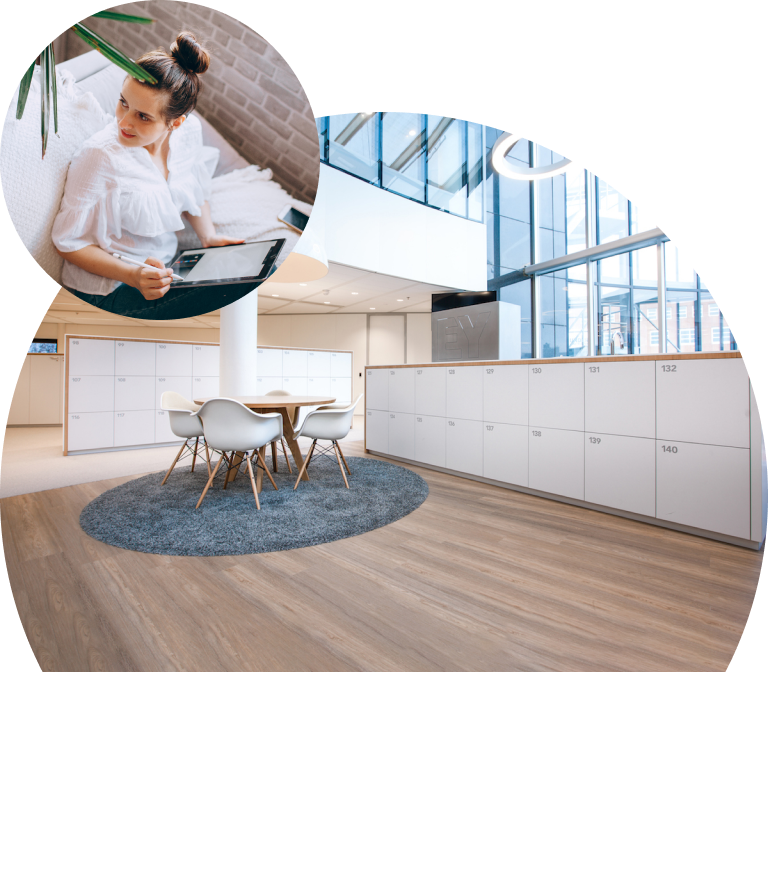But it so seems that the entire notion around offices is shifting. Workplaces are transitioning into smart, agile work environments to better foster collaboration, ideation, productivity, and more. And one thing that really stands out is the skyrocketed awareness and clarity of the role of technology in the office and how it can make flexible workplaces a success. In today’s blog, we navigate the new normal and leave you with 4 top tips that will help increase the success rates of your smart workplace plans post-COVID.
The rise and rise of dynamic workplaces
Watching and staying ahead of workplace trends makes us who we are. In the last five to ten years, we have seen the world embark on a journey towards dynamic working, with the trend already picking up a steady pace. From early adopters in the Netherlands some 20 years ago, the dynamic work concept is now more commonplace in Australia, New Zealand, Scandinavia, the UK, Europe, and most recently, the USA.
The clear benefit is that people can work, collaborate and move dynamically throughout the workplace, every day. What fueled this growing adoption? Two things: Firstly, technological advances have enabled modern workplace strategies to go way beyond what was thought possible a few short decades ago. Secondly, we have seen some highly inspiring dynamic work success stories from large international companies.
And, in 2020, Covid-19 became a massive step-change in the development of dynamic working. Companies and organizations that were not ready for this kind of work environment were pushed over the edge and suddenly they had to change. People will partly work from home now and in the future, there is no going back.
Fast forward to 2021 and the speed and scale of dynamic workplace transformation is breathtaking. Where customers, in the past, might have taken two years to slowly adjust from static to hybrid to dynamic environments - now the jump is happening almost overnight, combined with an immediate acceleration of adoption.
For some, the complexity of change can be overwhelming. At Vecos, we have spent years working closely with leading real estate and workplace managers on their dynamic workplace realities. So the good news for companies who are only now adopting this way of working, is that we can learn from organizations that have already been through all these phases. And their learnings are quite specific.
4 Practical Tips for your post-Covid-19 office – supporting smart & future-proof decisions

Top-Tip 1 - Your office needs to enable people to work from anywhere
To enable people to work from anywhere, you first need to remove all the barriers that prevent this from happening. In order to do so, you really need to make an effort to understand how people use the office in practice. In a dynamic work situation, employees and visitors can move around more freely, work on any floor and your workplace must be able to support this.
A good example of how technology can support you in taking down barriers is to make the locker system completely self-service and always available at all potential workplaces. What you want to accomplish here, is that when your people work today on the 1st floor, and tomorrow on the 6th, they always find available storage where they work that day. This means, as a user, you can take a locker when you need it, and release it for someone else to use when you are done using the locker. And a huge potential barrier of not being able to move around floors because of the lack of facilities is taken away.
Top-Tip 2 - Your setup must anticipate emerging needs
When people start to work differently, unexpected things will come up, so you need to build flexibility and ways of quickly and efficiently meeting emerging needs. Which is almost impossible to know in advance, and you need to build in this flexibility.
A practical example, especially relevant due to the COVID impact. Now that people are not in the office every day again, but want to hand over things, for instance, classified information, things that are not digitized, from one person to the next. How do you do this when somebody is not there? Based on this emerging need, which is now being called a staff-handover, we now have functionality so that people can hand over things safely, using our storage facilities in a new way.
Another example thinking about COVID. As people have partially started to return to the office (in between lockdowns in various countries) we uncovered a need for cleaning the locker in between different locker users. It must be cleaned by cleaning staff before someone new uses it. So, we built this into our platform, and now after a locker is released for someone else to use, it is first blocked, automatically put on a cleaning list. This list is used by cleaning staff to know which lockers to clean.
Read More: Activity-based Workplaces and the importance of smart Lockers
.jpg?width=1160&name=MIDRES-VECOS-EDGETECH-1477_0900c45f2d05941c39c0782aa2954e34%20(1).jpg)
Top-Tip 3 – You need to take people by the hand and support them through change
Managing changes and supporting and guiding people is more important than ever. Especially when the number of people in the office can fluctuate drastically from to week. You need to inform people about new ways of working and help them in getting used to it.
Workplace technology, like our Vecos App, can support people in fundamental ways. Whether it’s helping them to remember which locker they used that morning or reminding them to free up their locker for someone else, if they have not used it for a longer period, and even sending automated messages reminding them of the benefits of using their flexible workplace and specifically their locker. All this, and more, is possible.
This is taking people by the hand, coaching them on their expected behavior whilst also enabling people to work from anywhere. If people cannot secure their stuff easily and safely when they re-enter the workplace, you risk creating a major barrier in enabling people to work from anywhere longer-term.
Top-Tip 4 – You need to collect and use data on actual real behavior
And the fourth and final point: you need to collect data. You need this data, to know what people really do. Not only what they say. Base your insights and next move on real facts about behavior in the office.
For example, one of the most common assumptions we run into is when a work change is planned, that they will of course switch to unassigned seating. However, when it comes to storage, it is very common that their own people have said, quite strongly, that they want their own personal locker. (you took away my desk, you will not take away my locker).
Yet, we have analyzed data of thousands of employees and if we see one thing that all ‘static’ storage environments have in common: over 30% of all lockers are not even opened in the last 30 days.
So just maybe, that need for storage is not rooted in actual storage need however it’s all about human psychology and the need for ownership. The ability to control their environment. For self-identity and belonging. Which of course connects nicely back to how important it is to take people by the hand and guide them in their upcoming change.
Based on real-time behavioral data, you can judge space usage and make sure you are not investing more than you should and not further contributing to environmental waste.
Read More: How data-driven technologies revolutionize workplace design
In Conclusion,
This entire concept of flexible working or agile working is nothing new and we say that confidently because of our years of foothold and experience in this industry. And it has been a win-win for everyone who decided to move forward with this concept. So, after reading this post, take a break and review any decision you’re making for your new office, but now with ‘’agility’’ and ‘’flexibility’’ on your mind. And, if you need help or assistance, remember, we are a technology company that wants to enable dynamic working for our clients, so, pick up that phone and Call Us.




